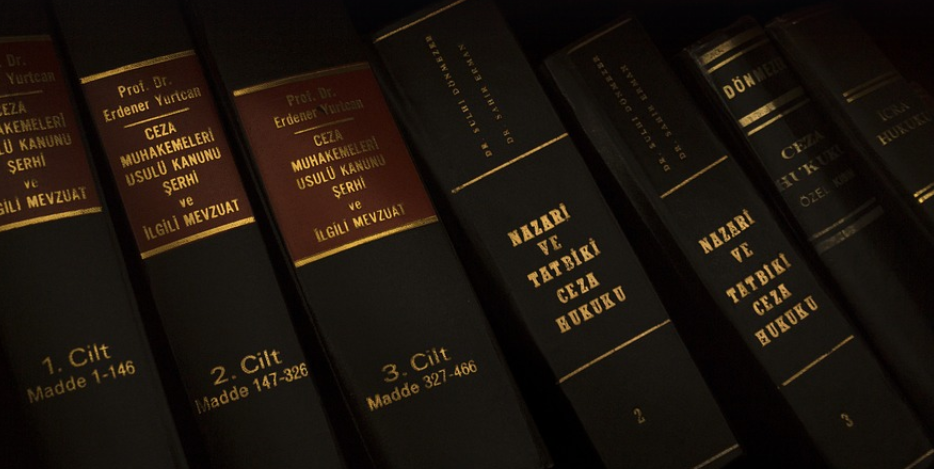A Tapestry of Color, Fragrance, and Tradition
Indian weddings are a breathtaking spectacle of love, celebration, and tradition. Woven into the very fabric of this joyous occasion is the beauty of flowers – an integral part that goes beyond mere decoration to embody deep cultural significance.
Every petal, every bloom holds a story, steeped in centuries-old customs and symbolism. Flowers are more than just adornment; they’re a visual language expressing love, prosperity, and blessings for the newlyweds and their journey together.
The vibrant palette of Indian weddings is a masterpiece created with flowers, reflecting the diverse landscapes and cultures of the country. From the gentle touch of marigolds to the bold crimson hues of roses, each flower carries its own narrative.
Consider the marigold; this golden flower holds significant meaning in India. It’s believed to ward off evil spirits and bring prosperity, making it a coveted choice for brides and grooms as they embark on their new life together. Its bright colors embody joy and optimism.
The graceful blossoms of the jasmine are another iconic Indian wedding flower. Known for their intoxicating fragrance, jasmine is associated with purity and devotion. It’s often used to adorn bridal attire, symbolizing the promise and commitment of a new beginning.
But it’s not just about the vibrant colors – each flower has deeper meanings that reflect a profound sense of tradition. For instance, lilies are believed to represent good fortune and longevity, while tulips** symbolize love, purity, and joy. The intricate combinations of flowers create a stunning visual symphony.
Beyond the individual splendor of each flower, Indian weddings also offer an opportunity to explore diverse floral arrangements that tell elaborate stories.
Picture this: lush garlands woven with marigolds and lilies adorn the bride’s head, symbolizing the union of two souls. A cascade of roses and jasmine flowers adorns the groom’s attire, representing love, respect, and a new chapter in life.
Floral arrangements are often incorporated into every aspect of the wedding, from the mandap to the reception halls. The vibrant colors of the flowers transform the space, creating an enchanting atmosphere that elevates the celebration.
The artistry of arranging flowers is something akin to a visual poem—a delicate dance of colors, textures, and shapes. Expert florists skillfully weave together these elements, crafting floral arrangements that reflect the couple’s personalities.
Flowers serve not just as decorations but also as symbols that encapsulate the essence of Indian weddings.
For instance, banarasi roses**, known for their opulent beauty and fragrance, are often used in traditional saris. They represent love, joy, and prosperity, embodying the bride’s happiness and welcoming her new life with open arms.
The intricate art of flower weaving is a tradition passed down through generations. Skilled artisans use various techniques to create floral masterpieces that are both beautiful and meaningful.
From the delicate jasmine garlands adorning the bride’s hair to the elaborate arrangements of lilies and roses gracing the mandap, flowers play a vital role in shaping the essence and soul of Indian weddings. They act as living embodiments of cultural legacy, tradition, and love.



